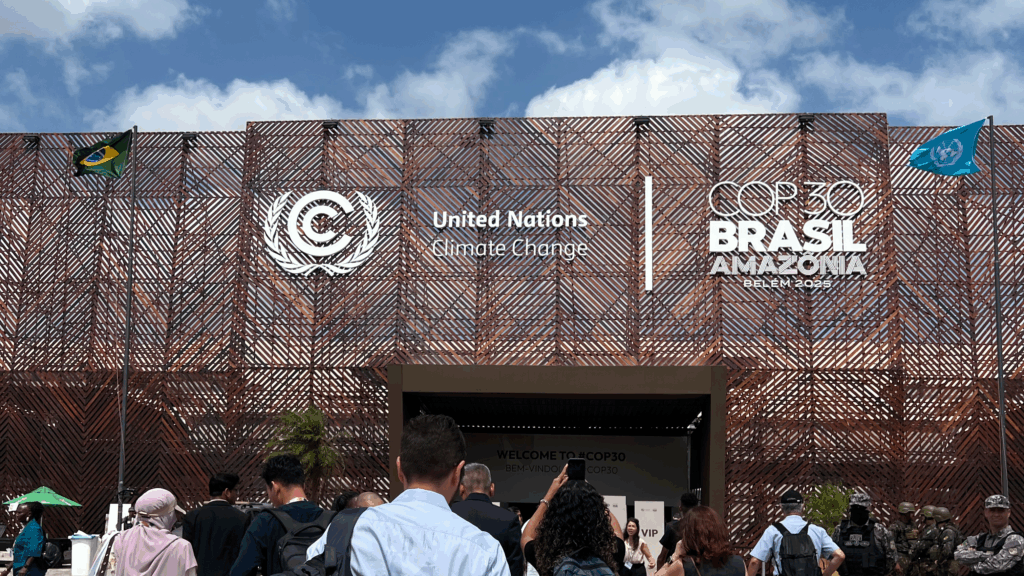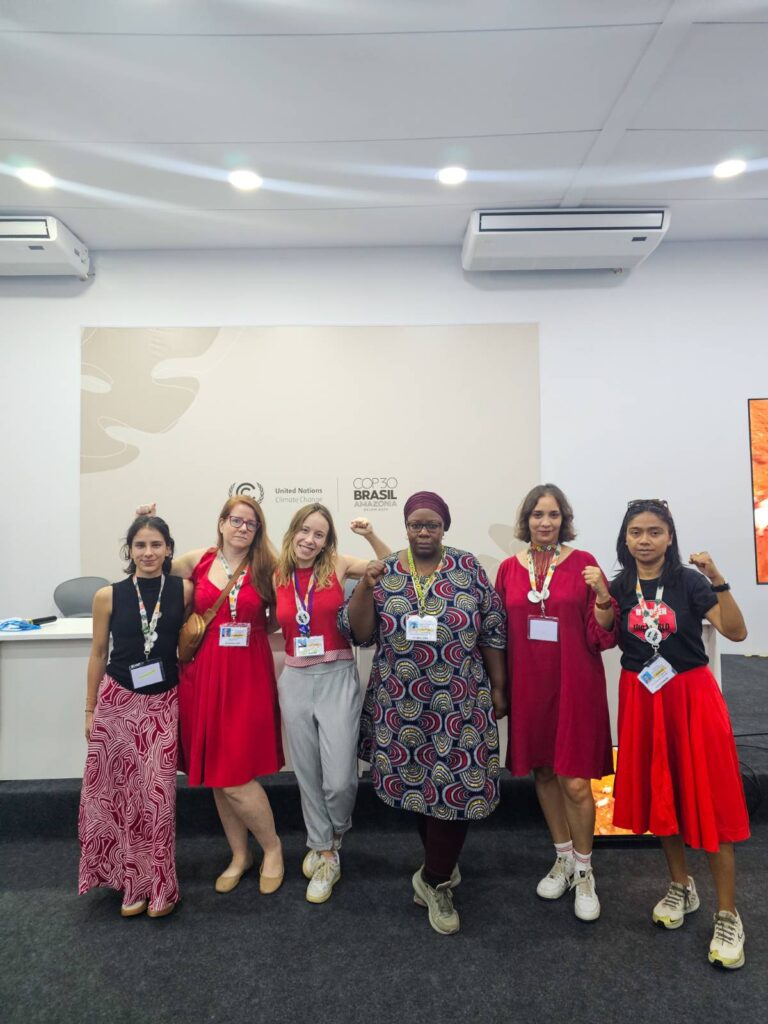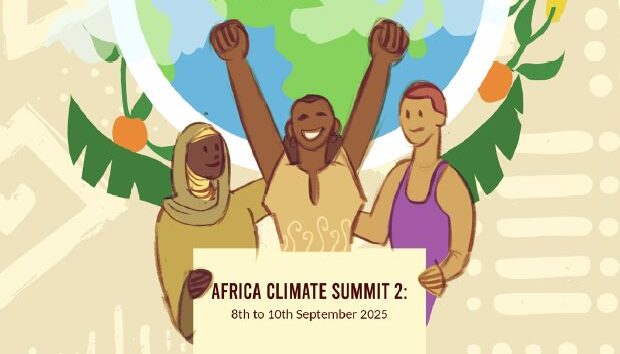
COP29 starts with sidelining CMA authority for carbon market mechansim

COP29 has started late Monday evening with sidelining the authority of the Conference of the Parties to the Paris Agreement by asking Parties to consider and adopt first decision on Art. 6.4 sustainable development mechanism (SDM) during Opening Plenary.
The Women and Gender Constituency (WGC) is appalled at attempts by the COP29 President to bulldoze the gaveling of Article 6.4 recommendation documents at the opening plenary on the first day of COP in Baku. Unconscionable maneuvering means were used by key actors to smoothly pave the way for COP29 President to announce to the world (the private sector) that Baku has successfully operationalized Article 6.4 after the failure at Sharm El-Sheikh and Dubai.
The scandalizing plot started at the Article 6.4 Supervisory Body (SB) 14th meeting in early October. The SB changed the names of the two documents from (i) Recommendations on activities involving removals to Standard for activities involving removals, and (ii) Recommendation on methodology to Standard on methodology. The two standard documents were finalized and adopted, and entered into force on 9 October 2024. Many were shocked by this tactic taken by the SB and realized it as a procedural issue as the SB has tried to enforce the two standards before the documents are tabled for CMA 6 consideration. So the question is, will the CMA merely rubber-stamp the decision of the Article 6.4 SB?
Back to the past:
At COP28, the CMA has requested that Article 6.4 SB continues the relevant work to operationalize the mechanism with a view to elaborating and further developing recommendations [on activities involving removals and methodology] for consideration and adoption at CMA 6 in Baku.
The plot thickened! On the eve of the COP29, rumors were circulating that the COP Presidency will adopt Article 6.4 during the opening plenary without any negotiation by Parties. This is double whammy! Besides a procedural issue, the two standard documents (activities involving removals and methodology) have much weaker texts than the draft texts tabled at Dubai.
The Standard for activities involving removals still has many similar crucial gaps that were highlighted at COP28 last year. In fact, the current document is weaker in the operationalization of human rights, including the rights of Indigenous Peoples, and safeguarding environmental integrity. Amongst the extremely worrisome elements identified are:
- No safeguard tools and mechanism for post-crediting period. The Sustainable Development tool that was adopted by the Article 6.4 SB in October does not have this component.
- No process for post-crediting monitoring reporting. Compared to the Dubai draft text, the current standard only describes a simple process for post-crediting monitoring but there is no description on the process for post-crediting monitoring reporting. How can there be monitoring without reporting? Also, there is no timeframe for post-crediting monitoring.
- The SB will no longer develop a standardized reversal risk assessment tool, and there is no indication on what type of reversal risk assessment tool the activity participants must use.
- The reversal risk buffer pool now allows the remediation of avoidable reversals. This is a perverse incentive and provides a loophole for activity participants to neglect due diligence toward environmental integrity and respecting human rights, including the rights of Indigenous Peoples .
- The reversal risk buffer pool now allows the use of mitigation contributing units (MCU), which are non-authorized A6.4ERs to remediate reversals.
- The document is silent on the process to remediate unavoidable reversals.
For the Standard for methodology, the WGC does not support REDD+ activities/projects to be eligible under the Article 6.4 mechanism. Recurring issues from REDD+ projects are well-documented such as reversal, non-permanence, leakage, additionality, violation of the rights of IPs, women and local communities. These approaches will harm the local women and IP women who are the protectors and users of the forest.
Come day one of COP, the proposed draft decision text by the President on Article 6.4 proves to be another blow! It seems the Article 6.4 SB’s wish has come true: the CMA was asked to rubber-stampthe SB’s decision. The draft decision text was literally the copy and paste of texts from the Article 6.4 SB annual report to the CMA.
Instead of adopting the two standards, the CMA only takes note of the adoption of the two standards. The text reads: Takes note of the adoption by the Supervisory Body of the “Standard: Application of the requirements of Chapter V.B (Methodologies) for the development and assessment of Article 6.4 mechanism methodologies” and the “Standard: Requirements for activities involving removals under the Article 6.4 mechanism”;
In subsequent paragraphs there is mention that the CMA will provide further guidance if needed. However, there is no specific guidance provided in this draft text. This also means the red flags identified by WGC are not yet taken into consideration or addressed.
We strongly denounce the process so far, which basically sidelined the authority of the CMA. It seems like principles and proper, transparent and equitable negotiation procedures are going down the drain and decisions are made by the COP Presidency alone, which obviously represents the interests of Big Oil and other corporations here. These corporations are eager to use offsets to greenwash their emissions. The approval of Article 6.4 without negotiation has also become a launchpad by developed countries to get private funding at the heart of the New Collective Quantified Goal on Climate Finance (NCQG). This is a no go! Carbon markets are not climate finance!. Developed countries need to fulfill their responsibilities.
Polluters must pay up!
Feminist will hold the line.

